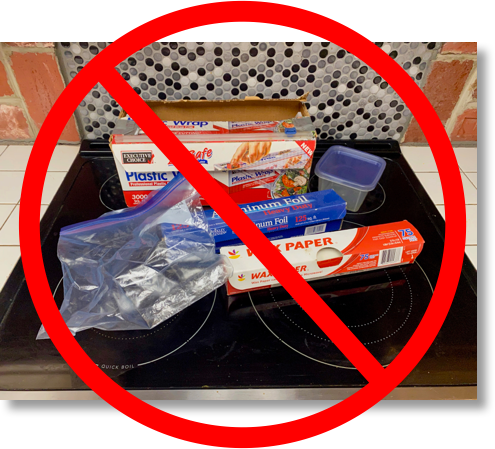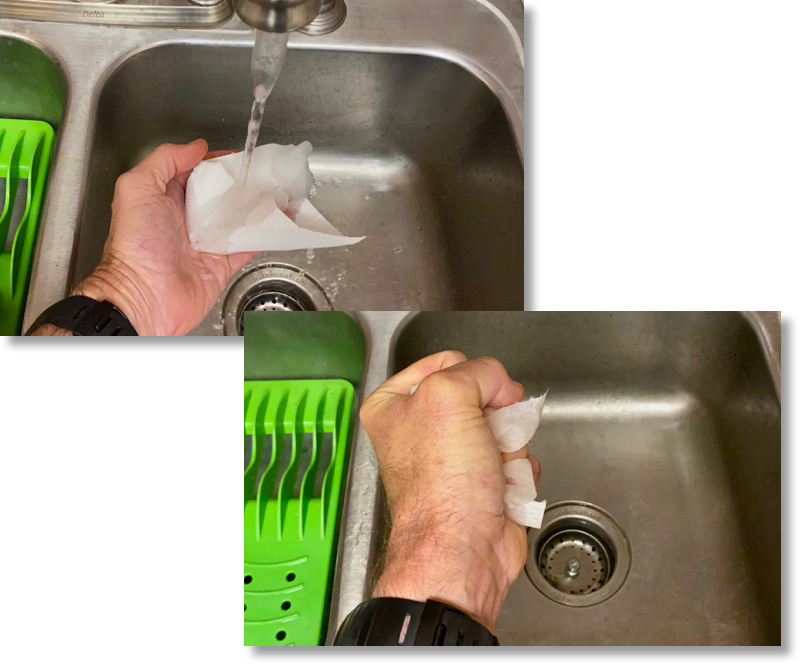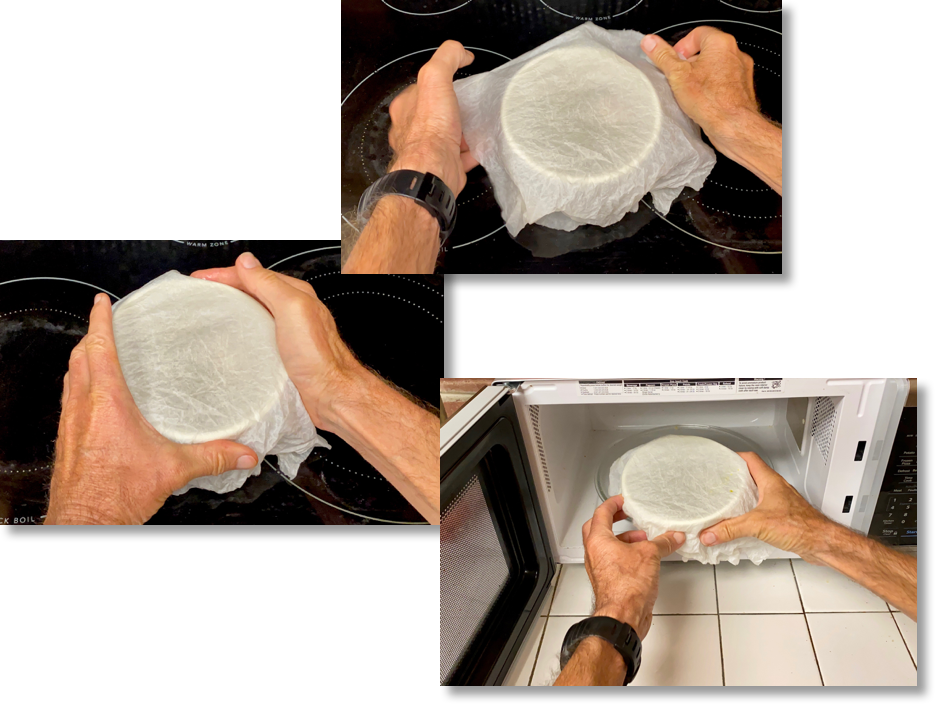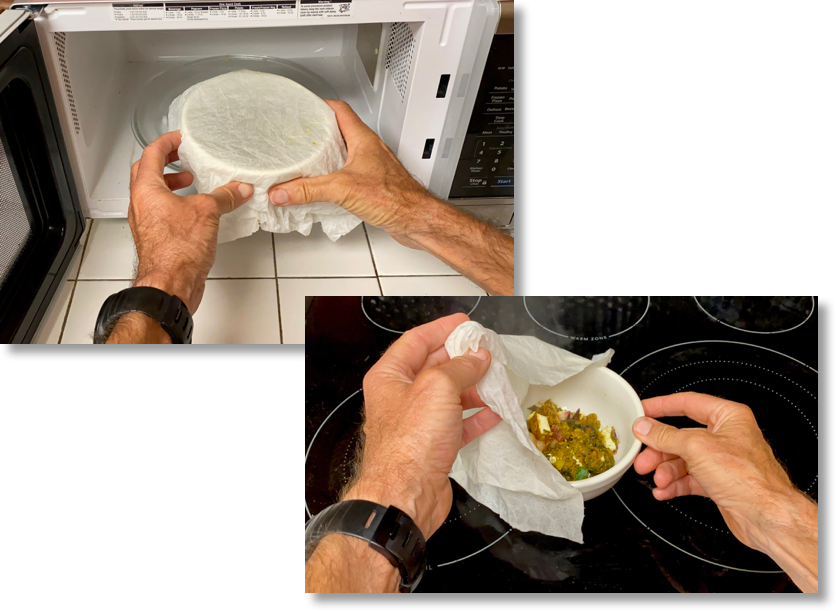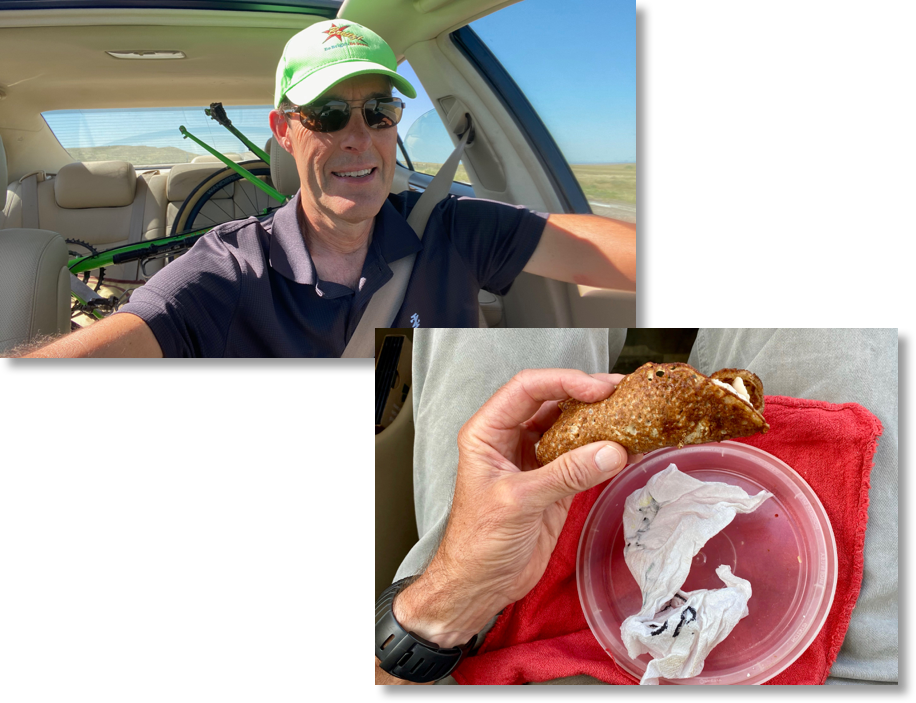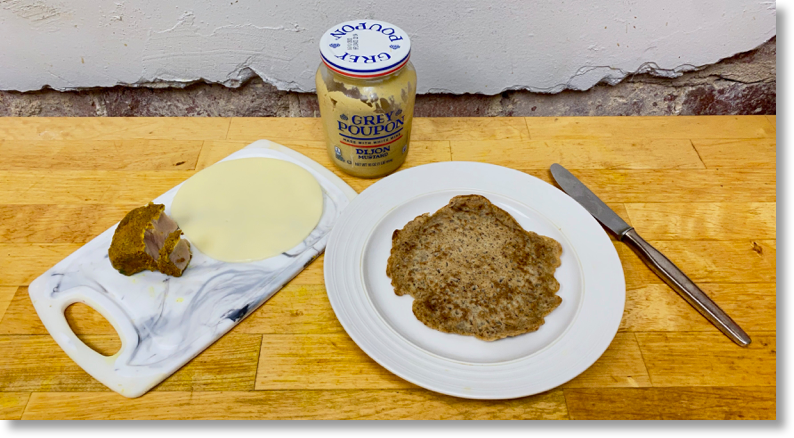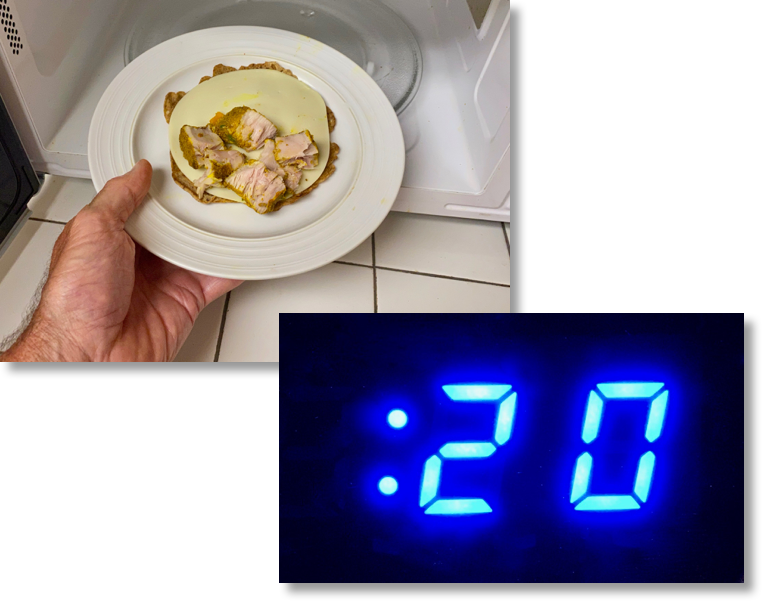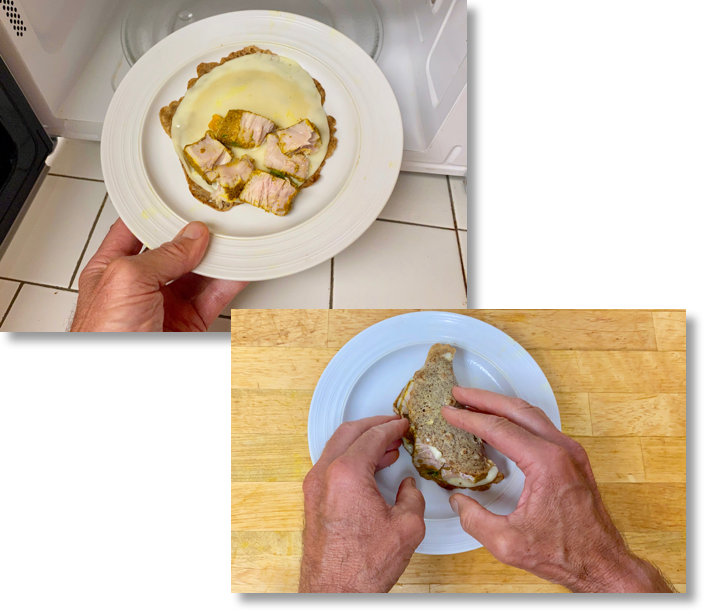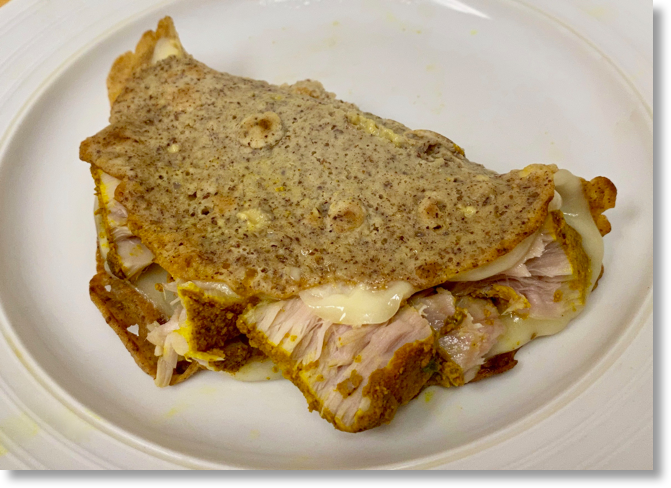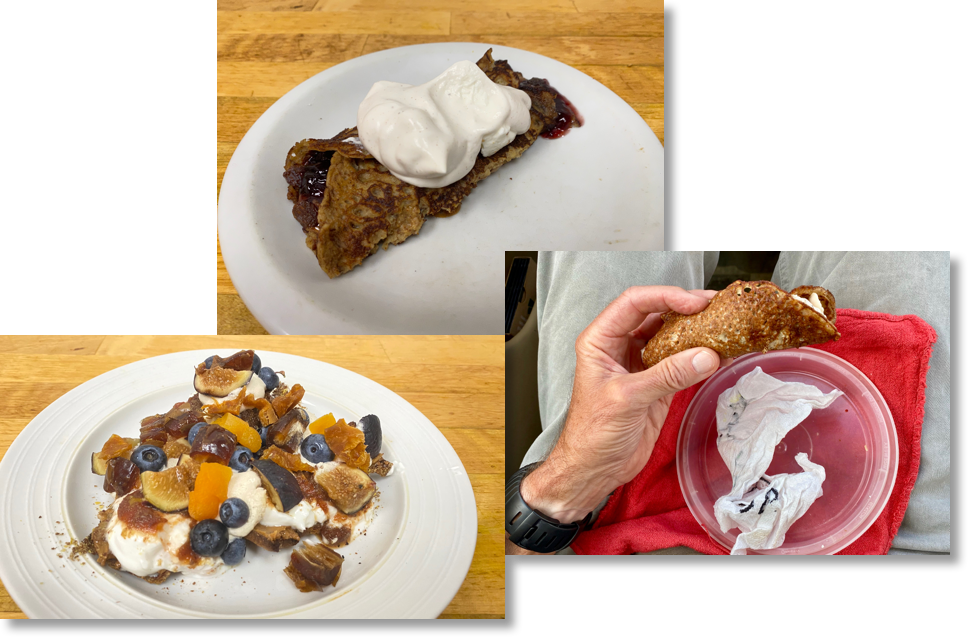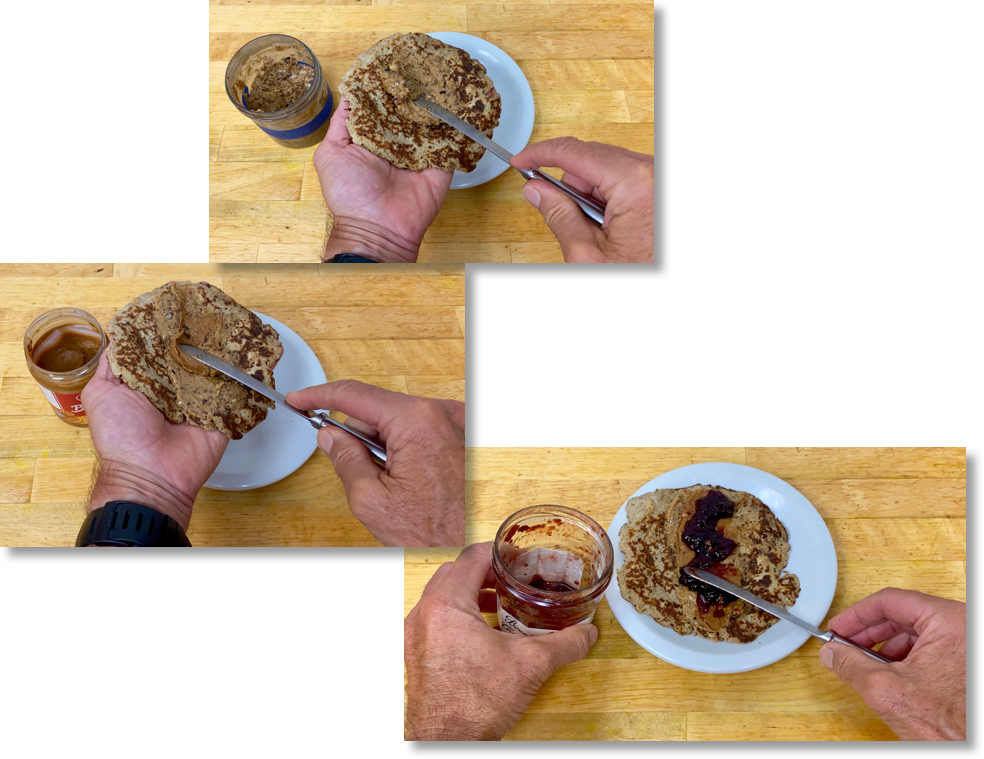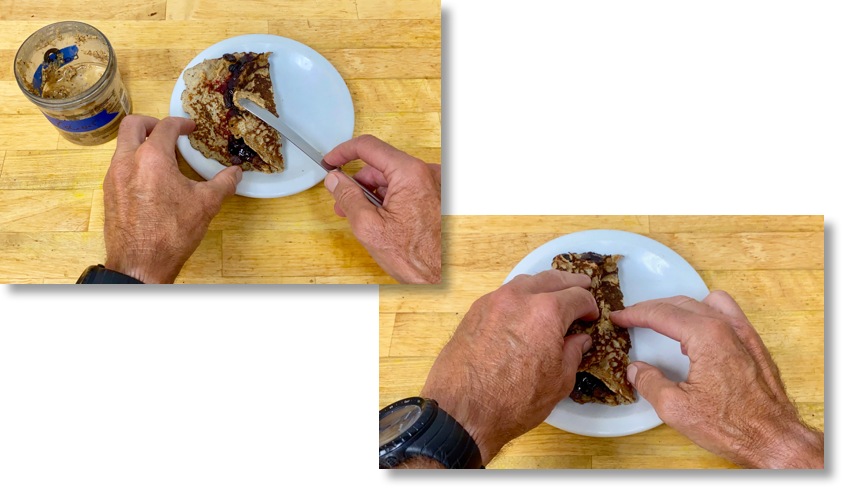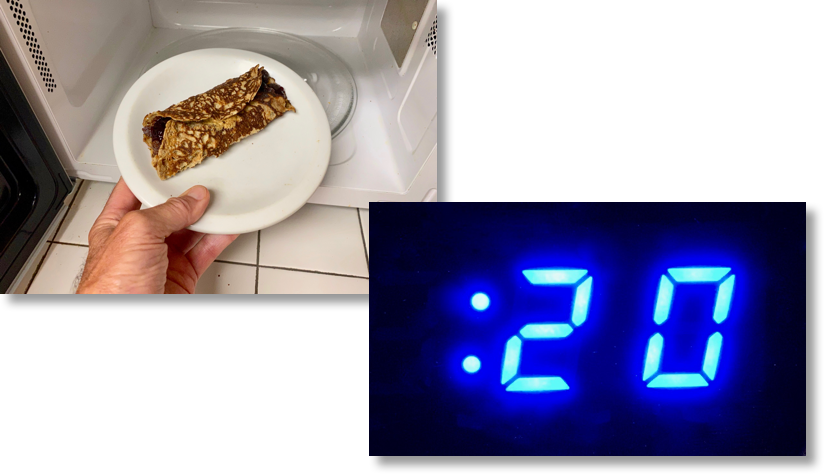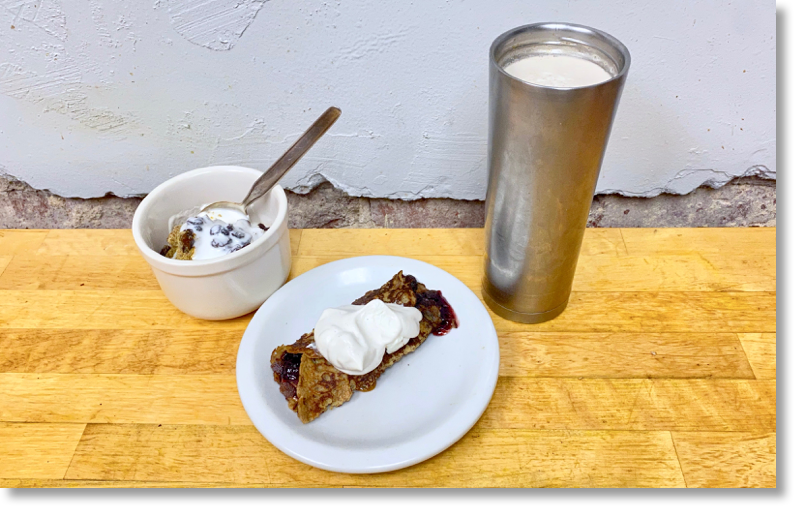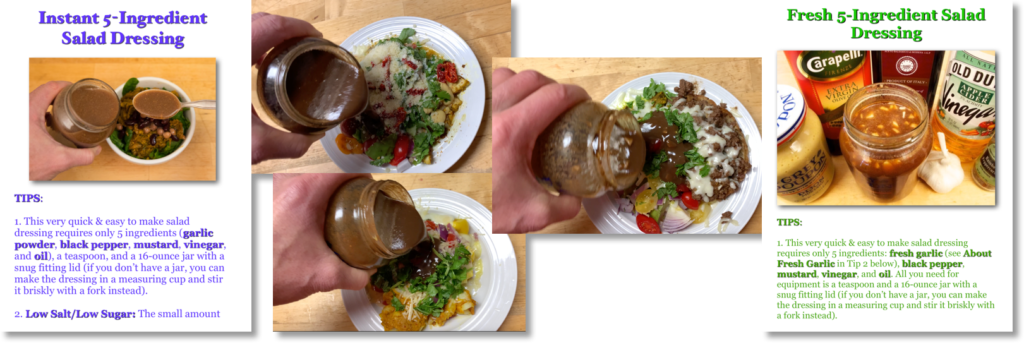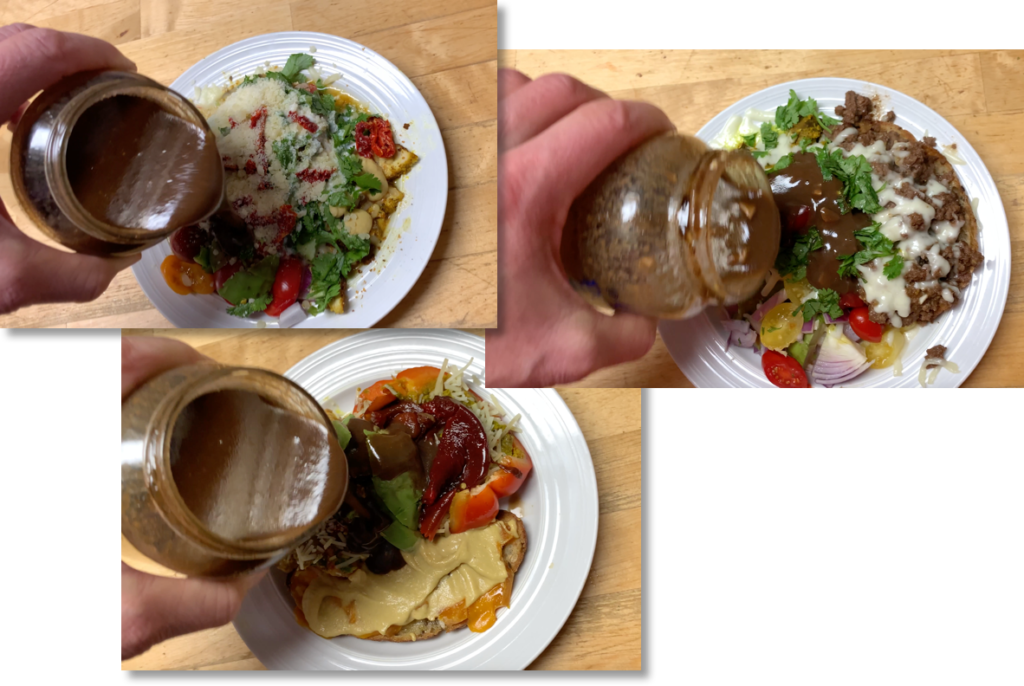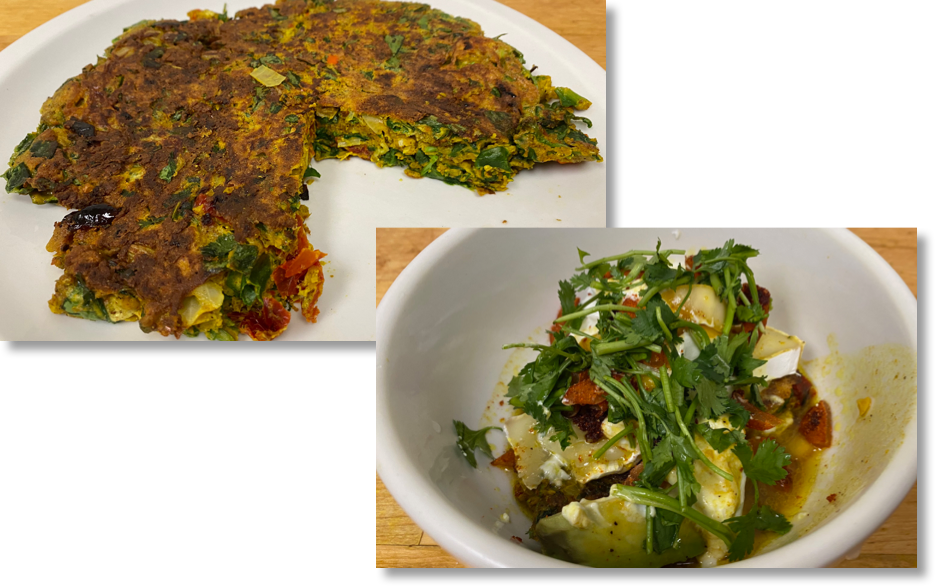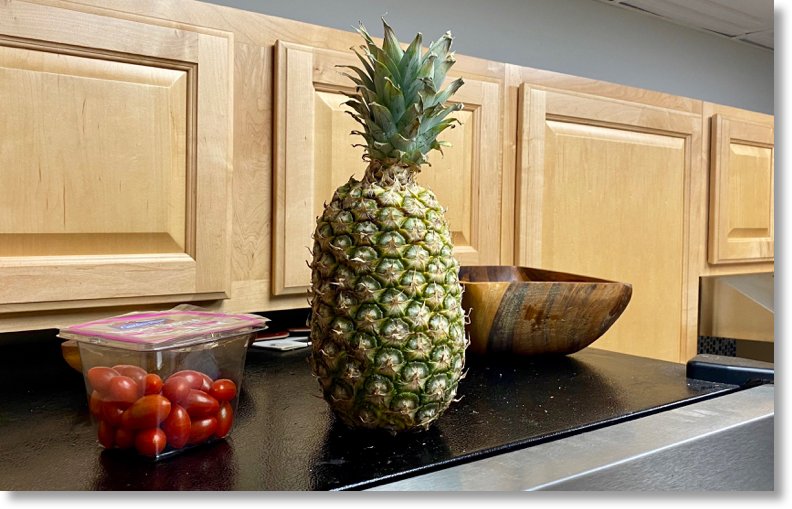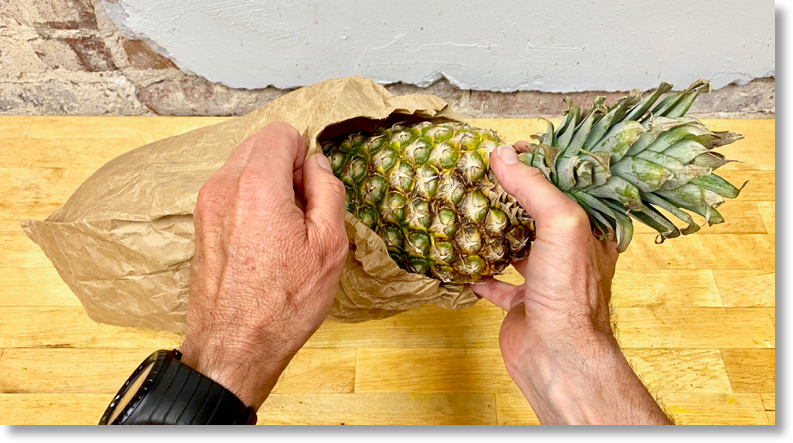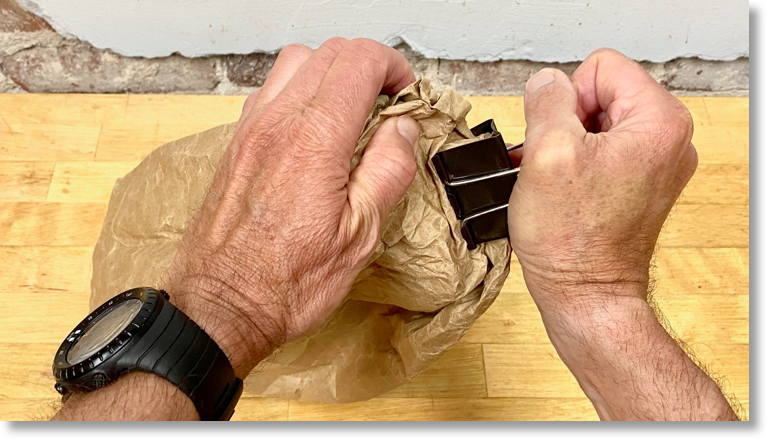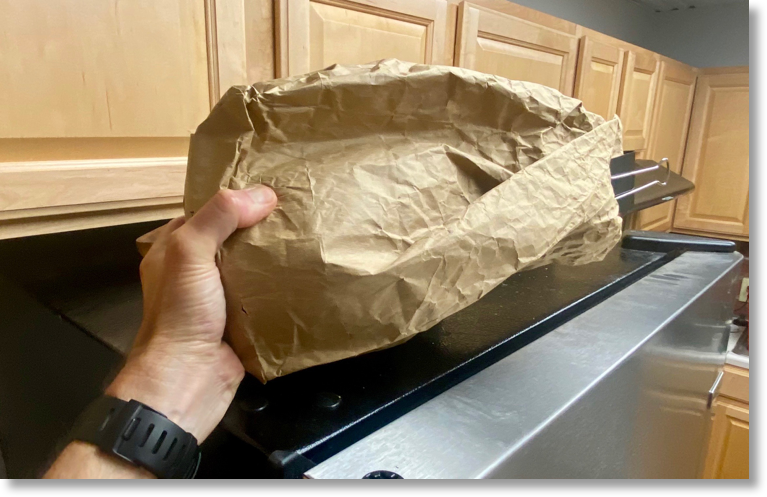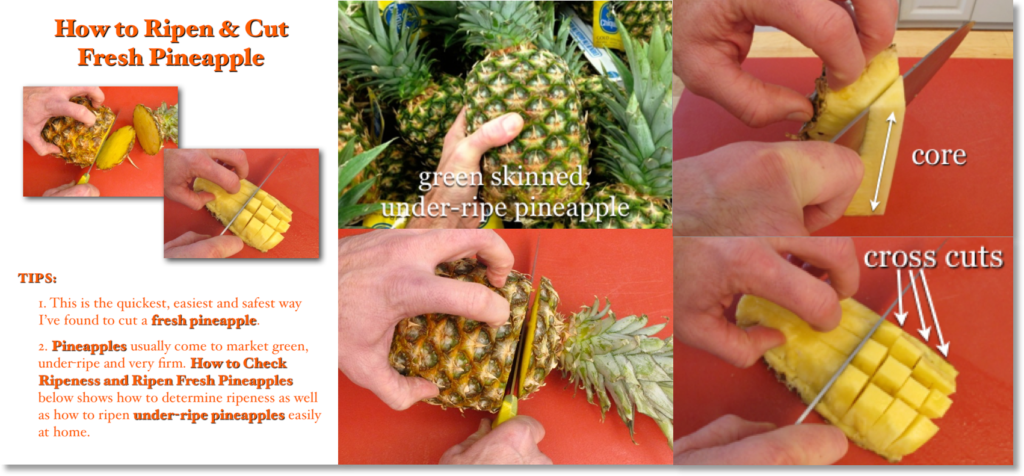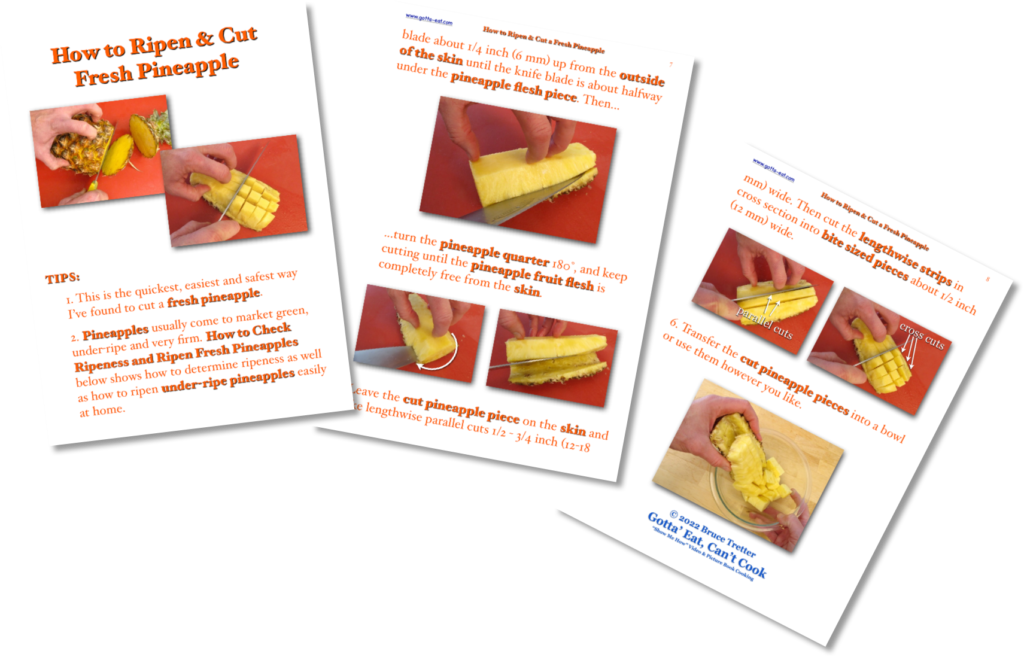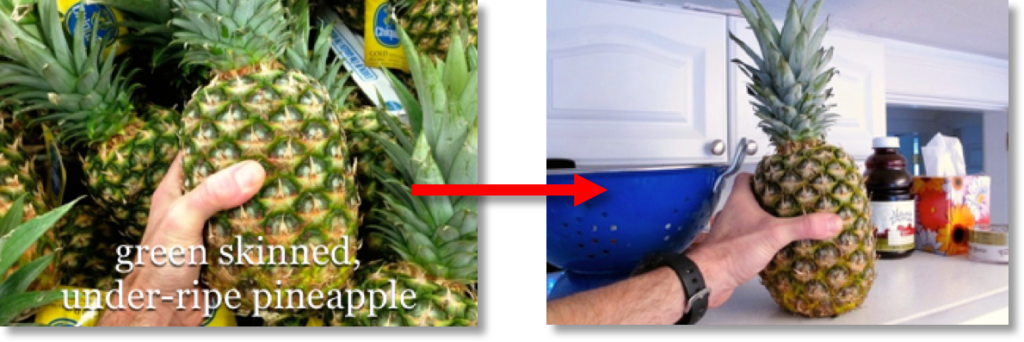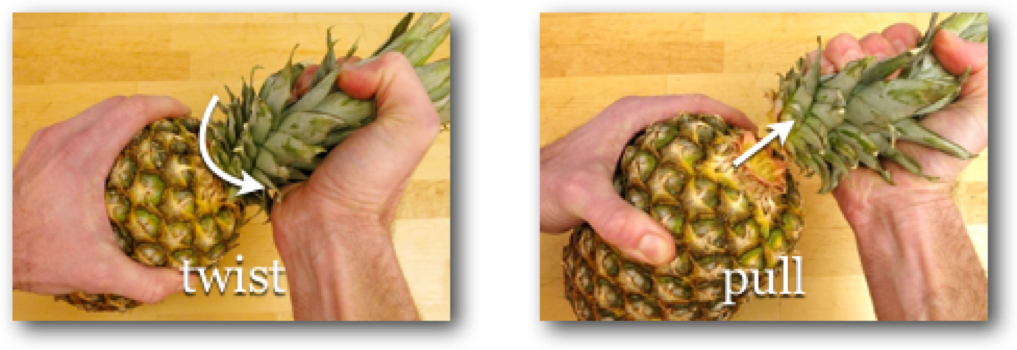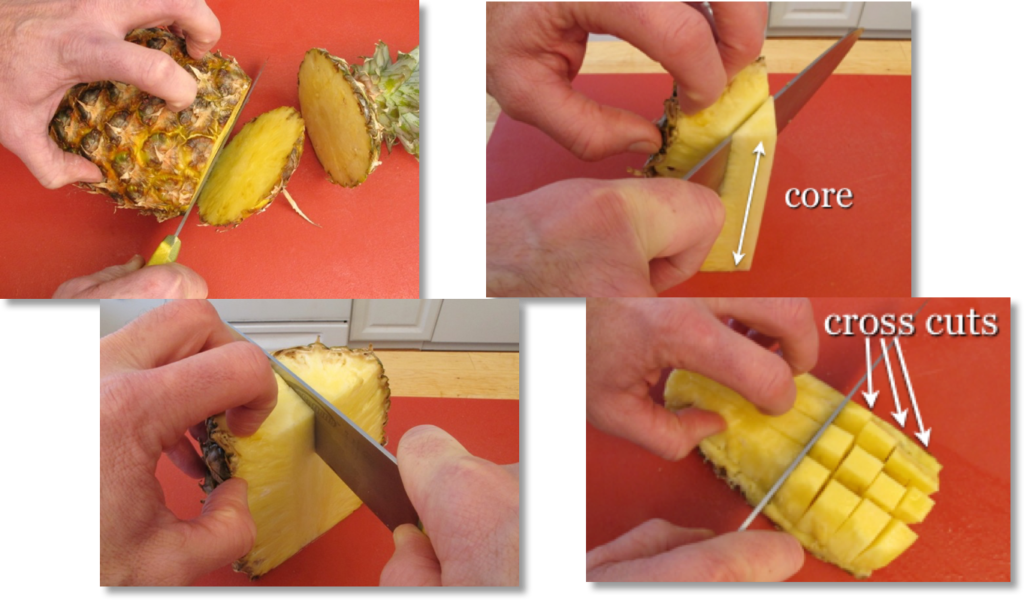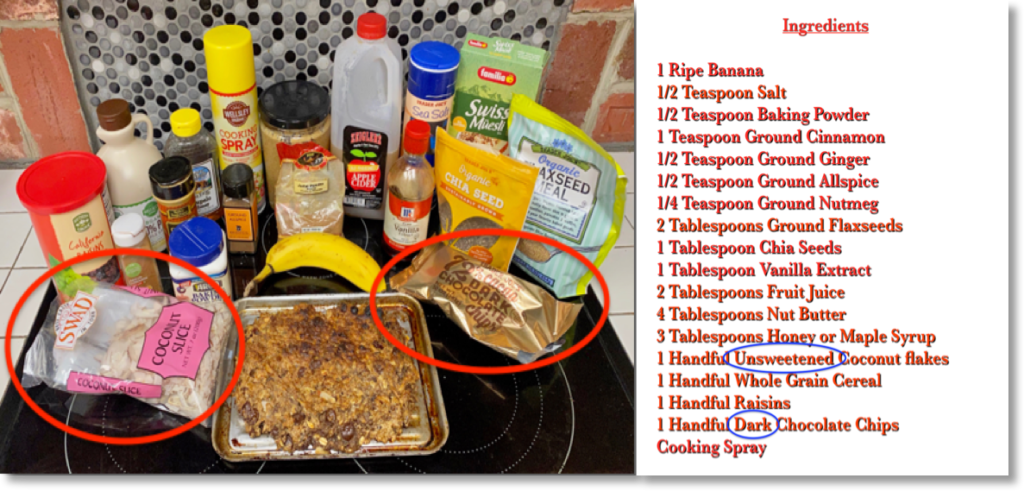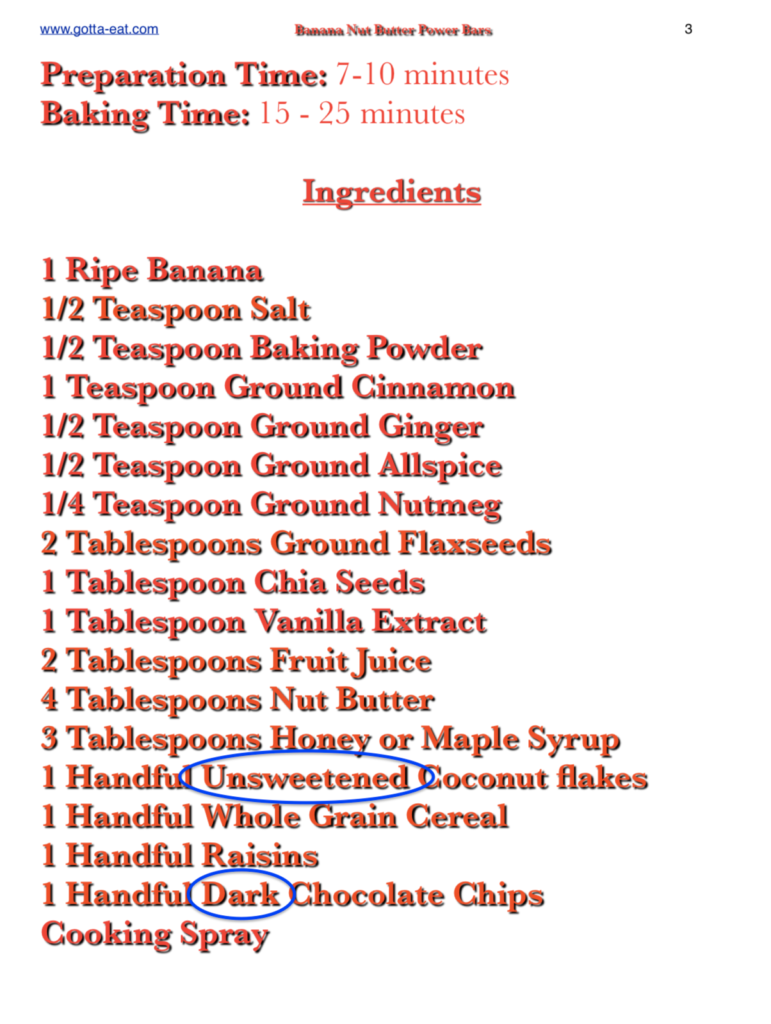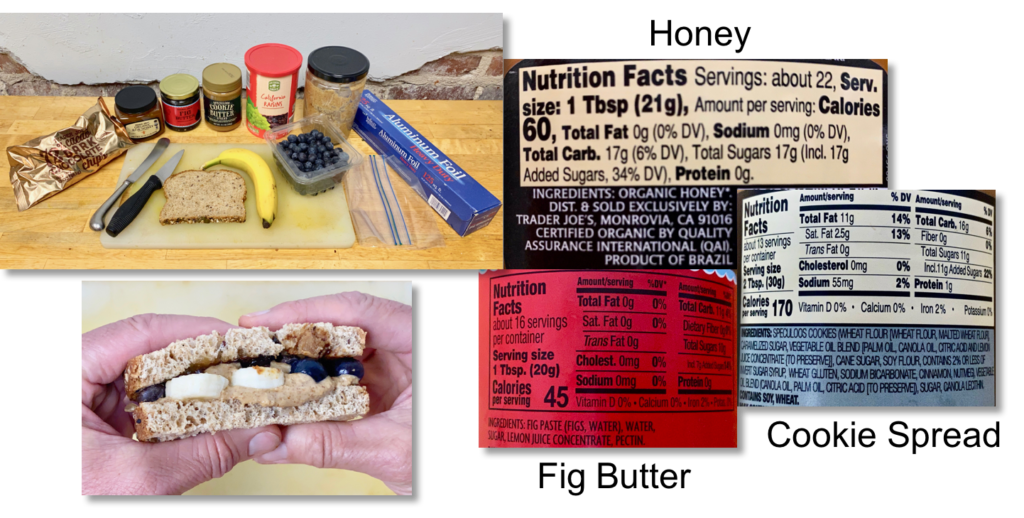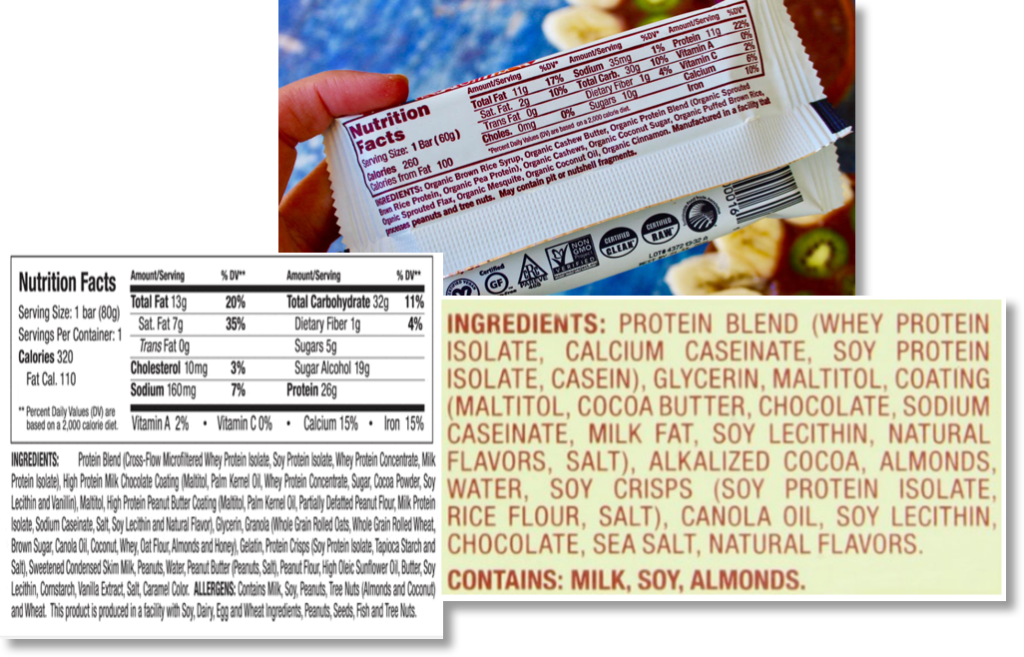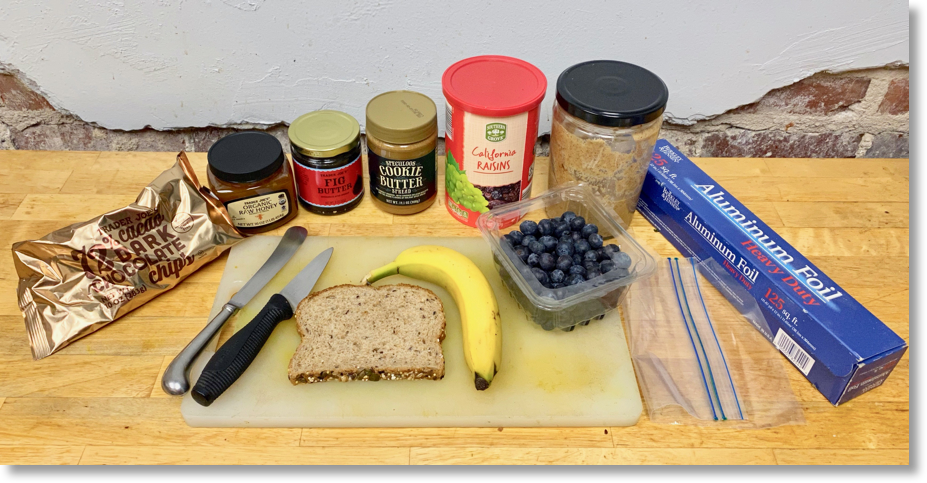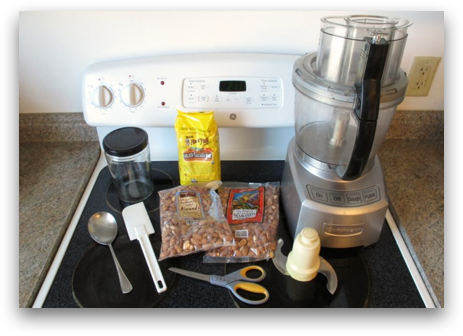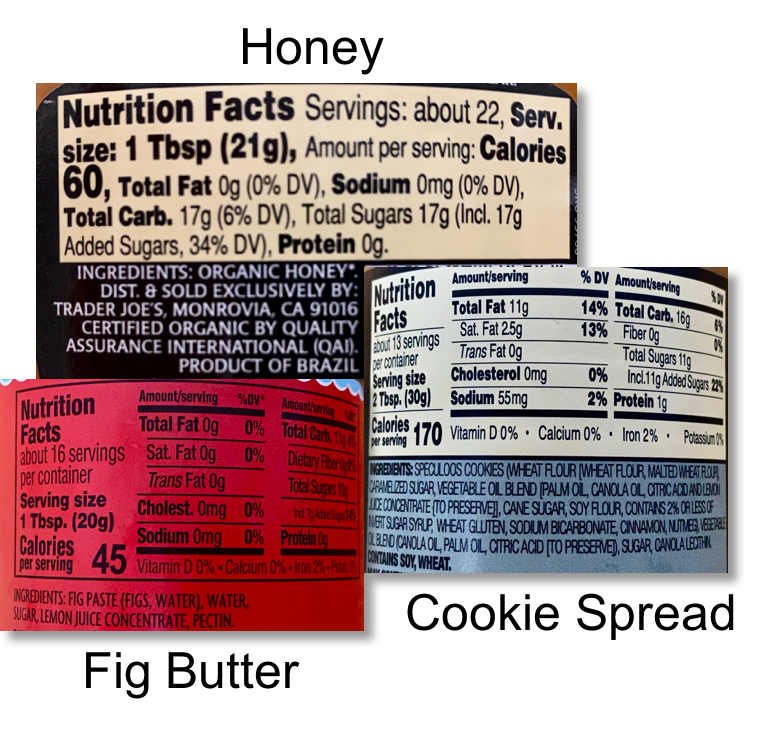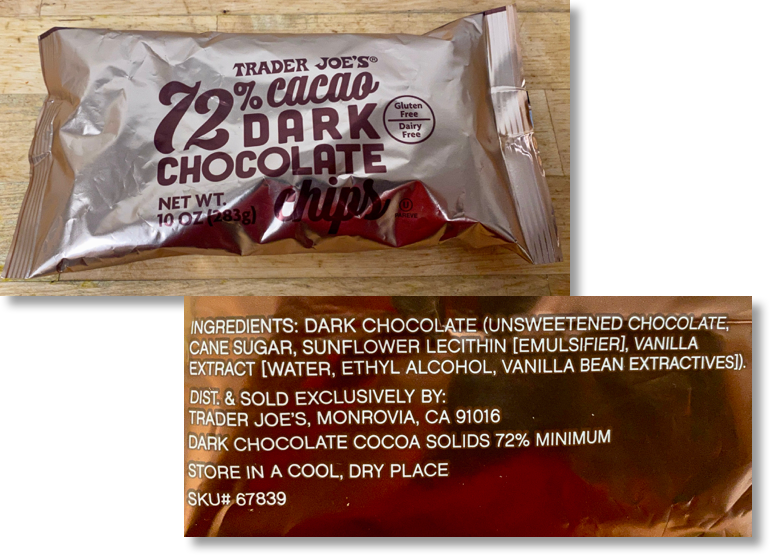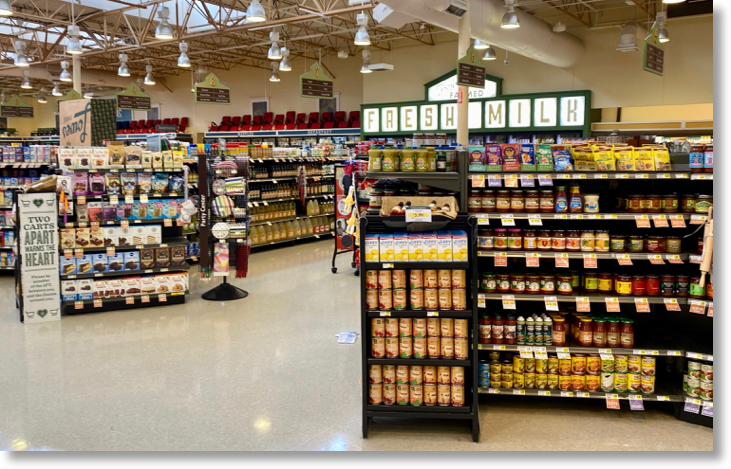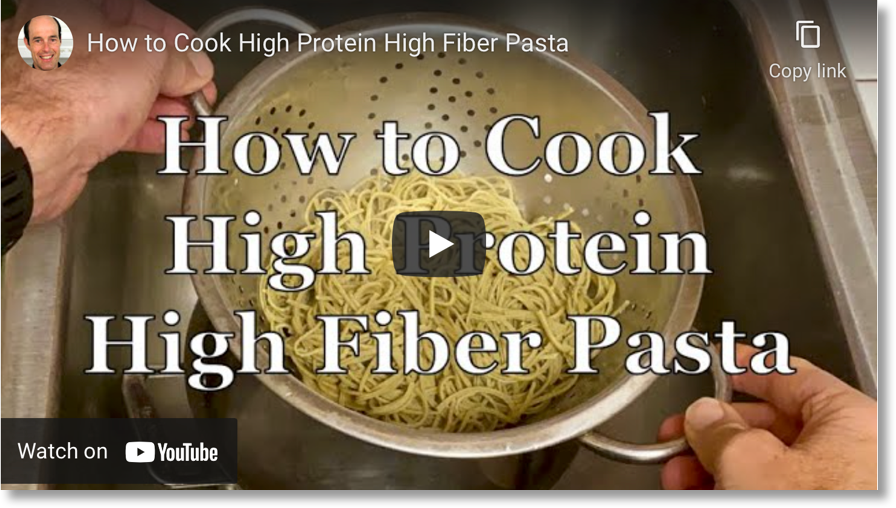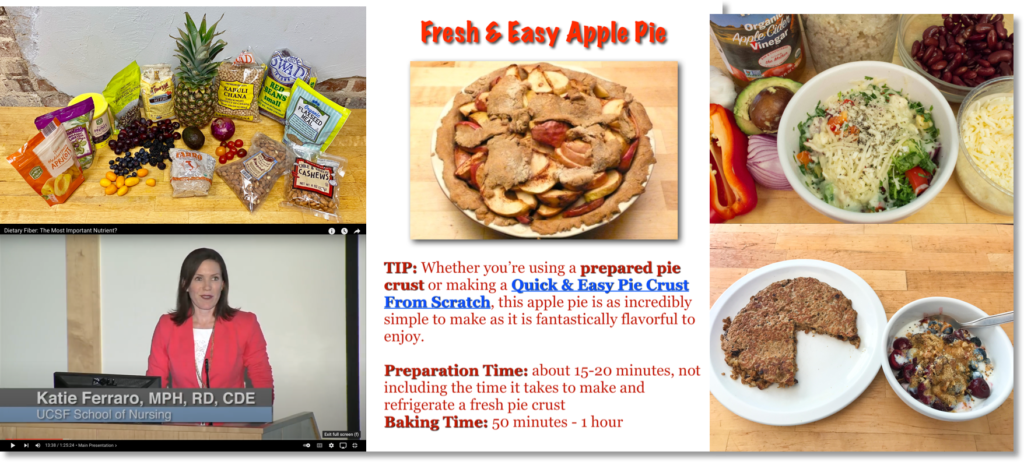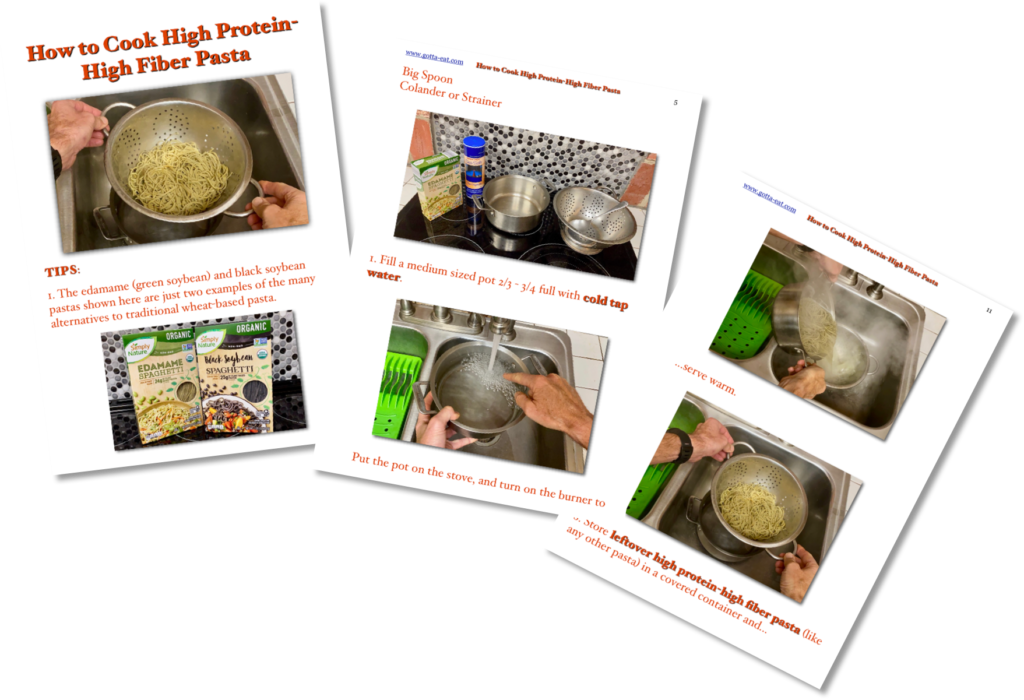You’ve heard it many times, “You are what you eat”. That’s only 1/3 true.
Sure, what you eat – plus what you drink and breathe – are the building blocks of every cell in your body. But you are just as much the product of how you move your body and use your mind – and regarding the mind, how you manage stress. As shown in the diagram below, YOU = Food + Body + Mind.
That simple 3 part equation has held true since man evolved as a distinctly separate species from primates four (or so) million years ago. And, despite our transition from millions of years as nomadic hunter gatherers to predominantly agriculturally-based community members only ten thousand years ago, our bodies, and what our bodies need to survive and thrive, have not changed. We still have the same bodies that were built through evolution to survive on foods close to the earth and that still need the same level of daily physical activity and stress management to function properly that we had to rely on to hunt and gather everyday.
That’s just how it is.
And that’s exactly what prompted me to learn for myself, put to practice and then promote how we can best take sensible, life-promoting measures, one step at a time, to help us (me included) make the most of our food, body and mind equation – and do it without making ourselves crazy.
To help provide you with the kitchen skills needed to empower you to make life-promoting foods, I’ll continue putting out fully flavorful picture book recipes to make food preparation as easy as possible no matter how little cooking experience you have.
At the same time, I’ll mix it up with pieces about physical activity and mental/spiritual well being, like, for example the mindfulness/consciousness “Waking Up” practice I’ve been doing daily for over 2 years. Though I’m not pushing any particular program, you get an idea about what I do by checking out the 9-minute video you can see by clicking the image below.
Please contact me directly if you have any questions about any of the above: bruce@gotta-eat.com.
All the best always!


 January 10th, 2023
January 10th, 2023 





